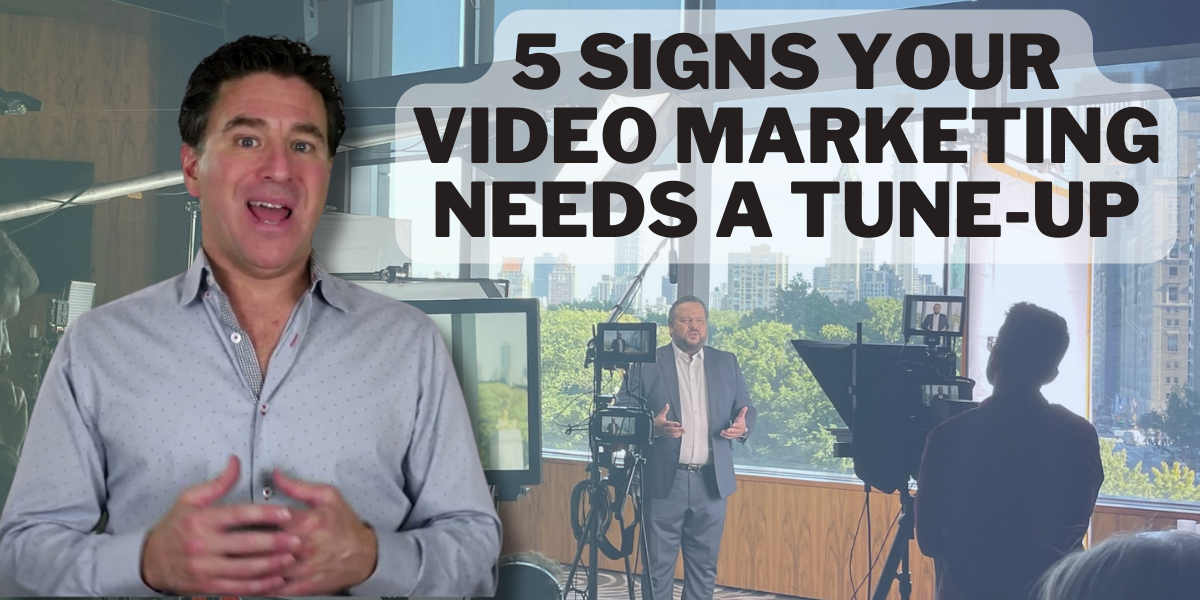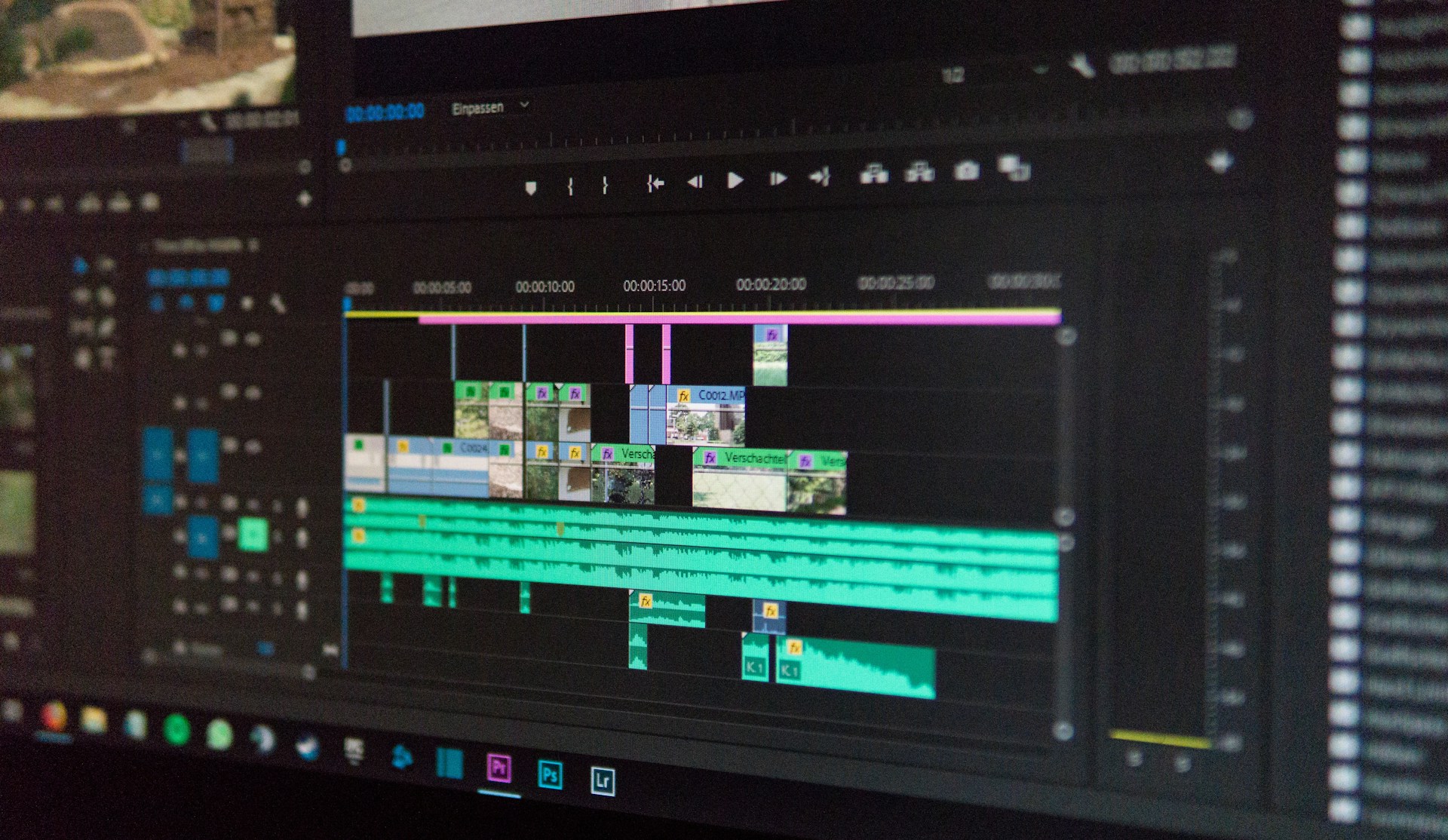A Video Marketing Guide for Small Business Owners

According to research by Smart Insights, up to 95% of marketers consider video marketing an integral part of their promotional strategy. This is because, on average, mobile users spend at least 100 minutes daily watching videos. Whether it be creating TikToks, starting a YouTube channel, or investing in a short film campaign, it is essential that small businesses leverage video marketing to connect with their target audiences, build relationships and engage potential customers. Additionally, this method will help tell your business story in a visually compelling manner, helping you stand out from the competition. In this article, we’ll expound on the video marketing guide to help you with the important steps for creating a successful video content marketing campaign.
Finding Your Niche
The first step towards creating a great video marketing campaign will be to find your niche. A niche is a select group of customers who are interested in purchasing your products. Focusing your promotional activities towards a niche helps increase the likelihood of conversions and finding long-term customers.
The next step will be to create a buyer persona, where you explore the distinct characteristics of your target customers. Your persona should answer the following questions:
- What are the pain points of the customer?
- What are their purchasing habits?
- What is the average household income of your niche?
- What are their likes and dislikes in terms of products?
- How much are they willing to pay for your product?
Creating a buyer persona will streamline the process of writing a script and adapting it for the video. Additionally, creating videos directed toward potential buyers is bound to catch their attention and motivate them to take action, whether it be visiting your site or placing an order through the e-commerce store.
Set Realistic Expectations
Investing in video marketing can provide the benefits of increased social media engagement in addition to higher website registrations and purchases. But before you begin the process, it’s important to set realistic goals based on your budget and expectations.
The cost of your activities will depend on the following aspects:
- Number of videos you want to publish
- Duration of your videos
- Size of crew required for the video, including actors, production assistants, etc
Below are some examples of SMART goals you can set for video marketing activities:
- A 20% increase in followers on Instagram within the next three months
- 500 daily new visits to the website for the next two weeks
Video Marketing Guide: Deciding on a Budget
Just like all other marketing activities, creating videos involves a price. Businesses committed to video marketing often hire a video marketing agency to manage these projects.
While creating an in-house team is another possibility, it requires an additional major investment of time and effort to recruit the right individuals. Additionally, the salaries of a team of full-time employees are bound to exceed that of hiring an agency. Working with the experts is ideal because they will serve as your video marketing guide through the process, from planning, recording, editing, special effects, and other post-production processes.

Keeping Costs in Check
Whether you choose to create an in-house team or work with an agency, try downloading stock videos that are royalty-free to reduce video marketing costs. Rather than paying for shooting every element of the video, opt to utilize pre-shot videos, which you can own a license to at an affordable cost. Additionally, these videos can often be re-used as much as needed, proving to be a great option for future videos as well.
Choosing Where to Publish Your Videos
In this video marketing guide, we aim to get the most out of your video marketing efforts and that also involves selecting the correct platforms to publish. For instance, social media platforms such as TikTok and Instagram are known for micro-content – i.e., video content for the span of 5-15 seconds. On the other hand, users of Facebook and YouTube are accustomed to viewing long-form content. This can vary between a few minutes to a couple of hours.
Choosing your platform will have a major impact on how the videos will be shot and the type of content which can be made. Hence, it’s best to conduct thorough customer research regarding platforms used by customers in your niche and dedicate time and money to creating that kind of content.
Optimize Your Video Content
As mentioned at the start, mobile users consume more than an hour of video content daily. This means that you will directly be competing with others to make an impression on customers daily. Along with ensuring your videos are high quality with great messaging, here are a few tried and tested ways to optimize them on social media and search listings:
- Include subtitles in all your videos. This makes it easier for customers to consume your videos and allows them to view the content even when their phone is set to mute.
- Create eye-catching thumbnails for each video. This could mean including a photo of the products, an influencer, or any other attention-grabbing graphic.
- Write concise titles that cover the main idea of the video. Additionally, include a short deception of its content. Along with customers, this information will be read by search engines which will then display your video above competitors’ in its listing.
- Embed the video in relevant blog posts and landing pages.
Measure The Success of Your Efforts

The key to running a successful video marketing campaign is to track its progress at every step of the way. But, before you set relevant KPIs (key performance indicators), it’s important to understand how different social media platforms work. Here’s how every major social media platform counts 1 view:
- YouTube: A user watching a video for at least 30 seconds.
- Twitter and Linkedin: A user watching 2 seconds of the video, with 50% of their screen covered by the video player.
- Instagram: A user watching the video for at least 3 seconds.
- TikTok: The user starting a video is immediately counted as a view.
Given that all platforms are not made equal, keep these subtle differences in mind while tracking performance. Here’s a list of common KPIs you can track for your video campaign:
- Play Rate: This metric tracks the number of times users click on the play button to start the video. Compared to auto-played views, this is a more reliable metric of engagement.
- Watch Time: As the name suggests, this tracks the total duration a user has spent watching your video. Naturally, the higher the watch rate, the better your campaign will perform.
- Social Shares: This is a user-generated metric that tracks the number of times your content has been shared across social media. Video shared by users can make your content viral and increase the chances of people viewing the complete content.
Given the benefits of video marketing, it is integral that all small businesses integrate it as a core part of their promotional strategy. If creating in-house videos is out of budget, hiring an agency will be the best bet. But don’t forget to use royalty-free stock videos whenever possible to keep costs in check while creating quality, engaging videos for customers!
See you in front of the camera!
As we wrap up, remember this: YouTube ad targeting isn’t just a tool; it’s an opportunity to connect with your ideal customer in a world that’s overflowing with content. Use it wisely, use it creatively, and watch your business thrive. If you’re not sure how to get started and want to get expert help, contact us to request a free quote from us.
Inquiry Now
Post Form
"*" indicates required fields

 646-319-8609
646-319-8609




